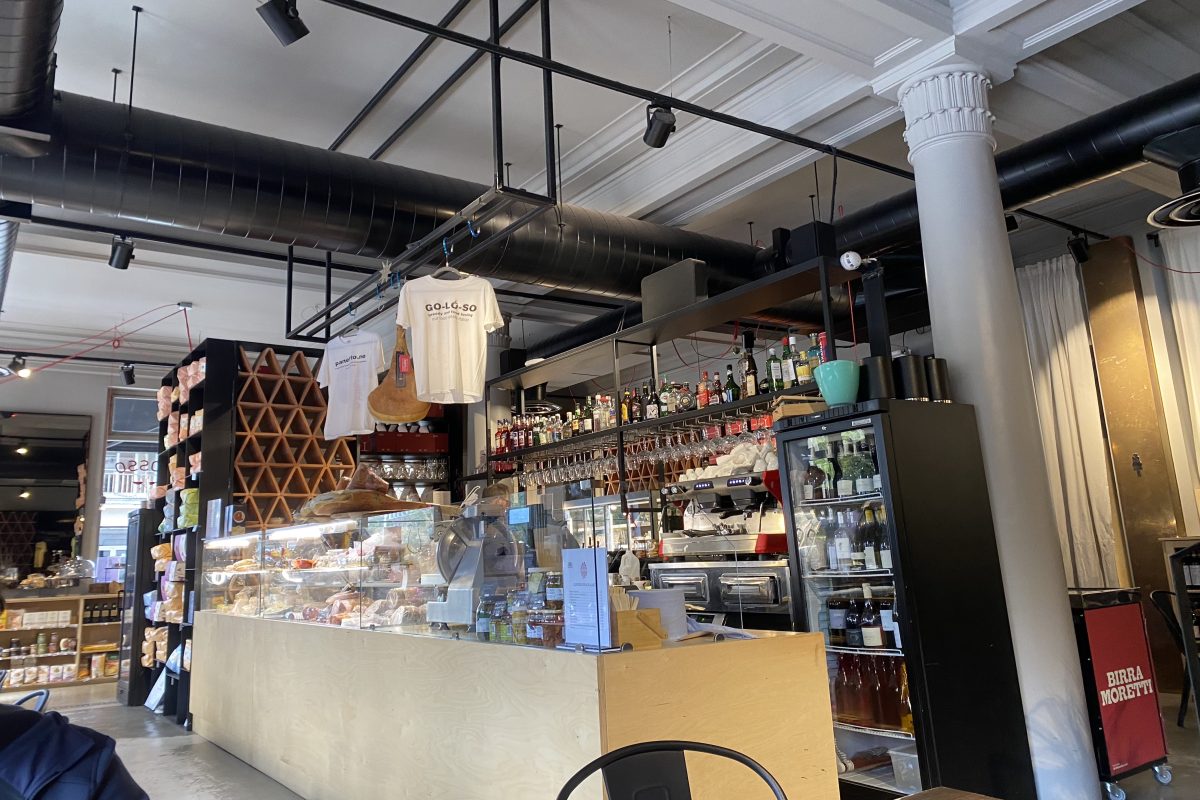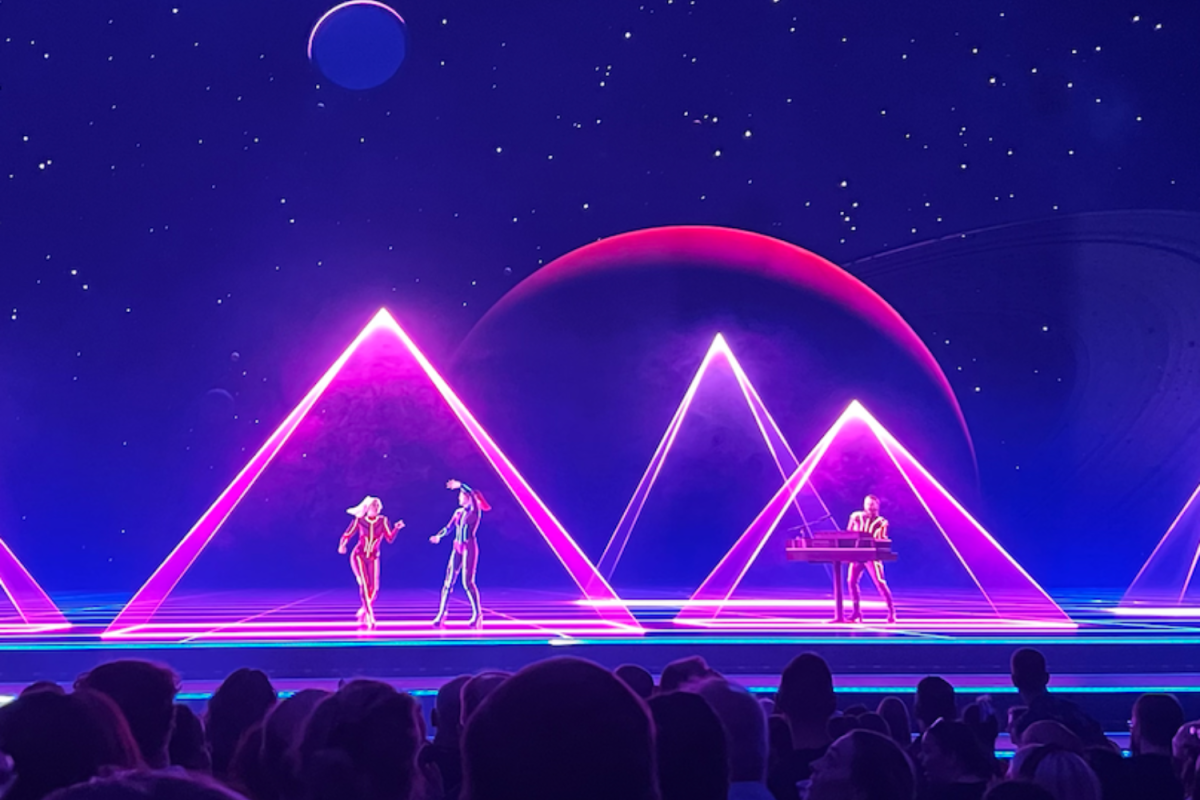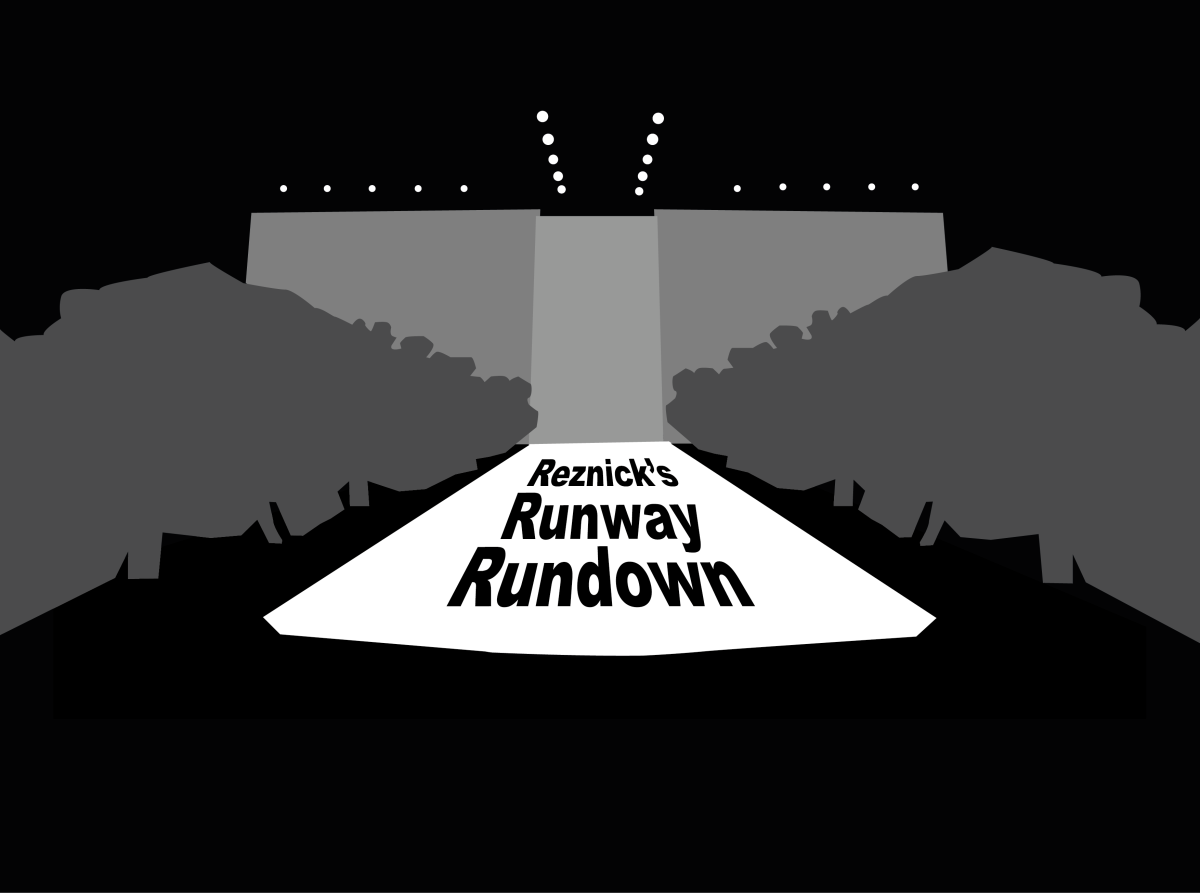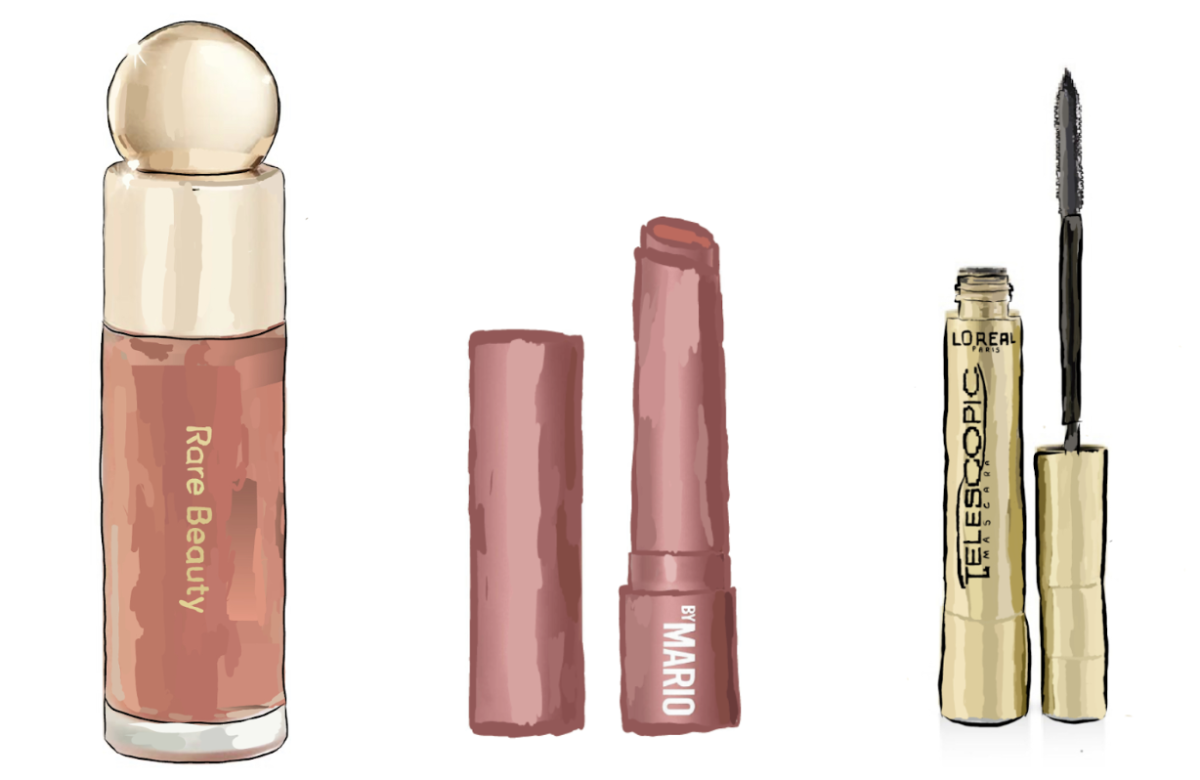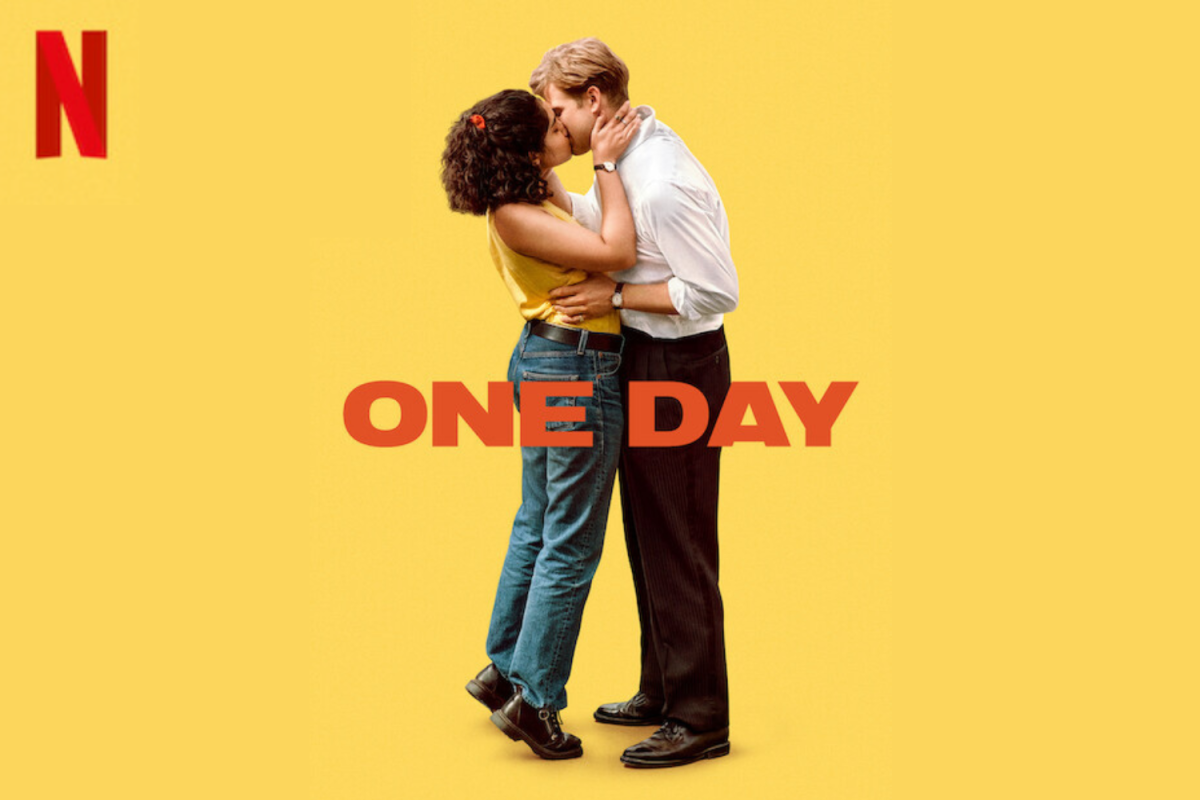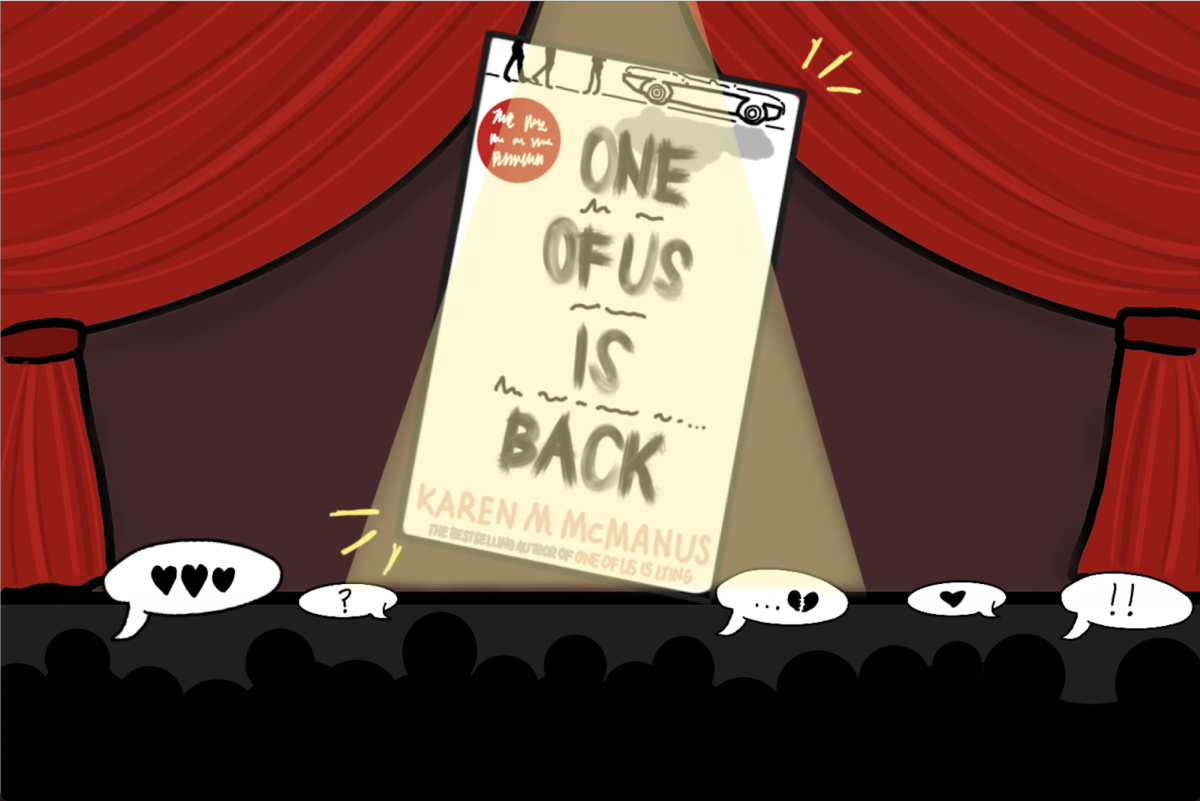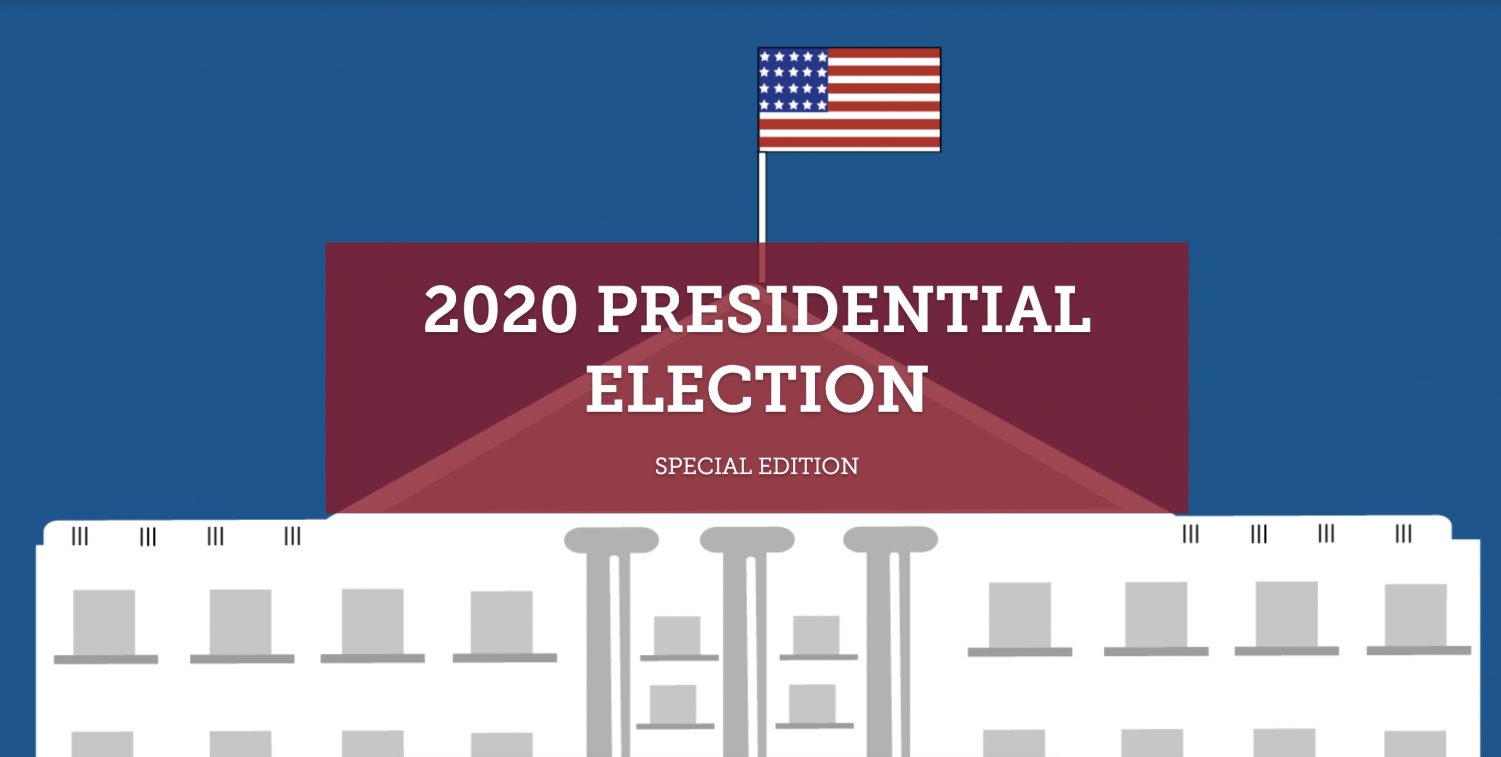The Frieze Art Fair runs annually in Regent’s Park, and is running this year from October 4 – 8. Get tickets here: https://frieze.com/tickets
1: Altostratus, Tomás Saraceno, 2017
Tanya Bonakdar Gallery, Frieze stand E7
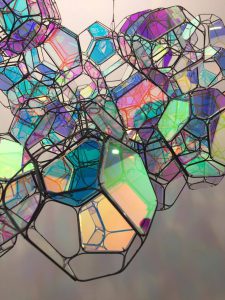
This piece shows both the necessary intricacy and unity for art to come together in a successful form. Every way the viewer looks at the piece, the colors reflected in different shades of green, purple and pink, were clear, bright and pretty.
2: Untitled, KAWS 2017
Perrotin Gallery, Frieze stand E7
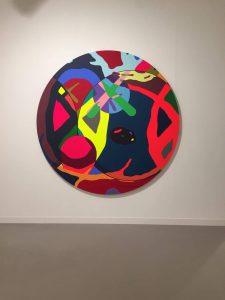
The bright colors of this piece resonated with me and left me wondering about what each of the colors meant for the artist and how it translated into a piece. Additionally, the abstract shapes of this piece intrigued me and forced me to consider their purpose.
3: I ? Protests, 2017
Modern Institute, Frieze stand D6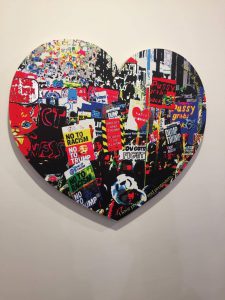
A large theme of the Frieze this year was art through feminism. This piece shows a dedication to fighting for equal rights through protests. Modern art is being used increasingly as a display for social justice issues and a vehicle for change, which allows viewers to reflect on how much women’s rights have really changed and what activism is still needed. Showing an event such as the Women’s March in a painted heart helps give perspective on how people can portray their thoughts through art. It also reminds us all that we should feel empowered to make a change.
4: My/Her Body, My/Her Choice, Andrea Bowers, 2016
Andrew Kreps Gallery, Frieze stand F3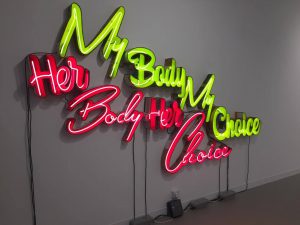
This piece is timely with sexism and consent being a big talking point for social justice today. The flickering of the neon light drew me into the piece. Beyond that, the lights demonstrated the inconsistency and fragility of consent today and that even in 2017, sexism is a social issue that we have yet to overcome.
5: Supreme, Knowledge, Affirmatives, Eric N. Mack, 2017
Simon Lee Gallery, Frieze Stand E6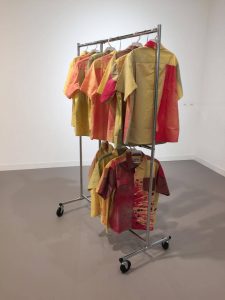
By utilizing mass-produced clothing and dying each one individually, it illustrated that fashion is a form of art, and like any powerful form of art shouldn’t be mass produced. Each piece should be individual and unique to the viewer by proving them with a different idea for each piece.
Written by Culture Editor Quinn Whitman

